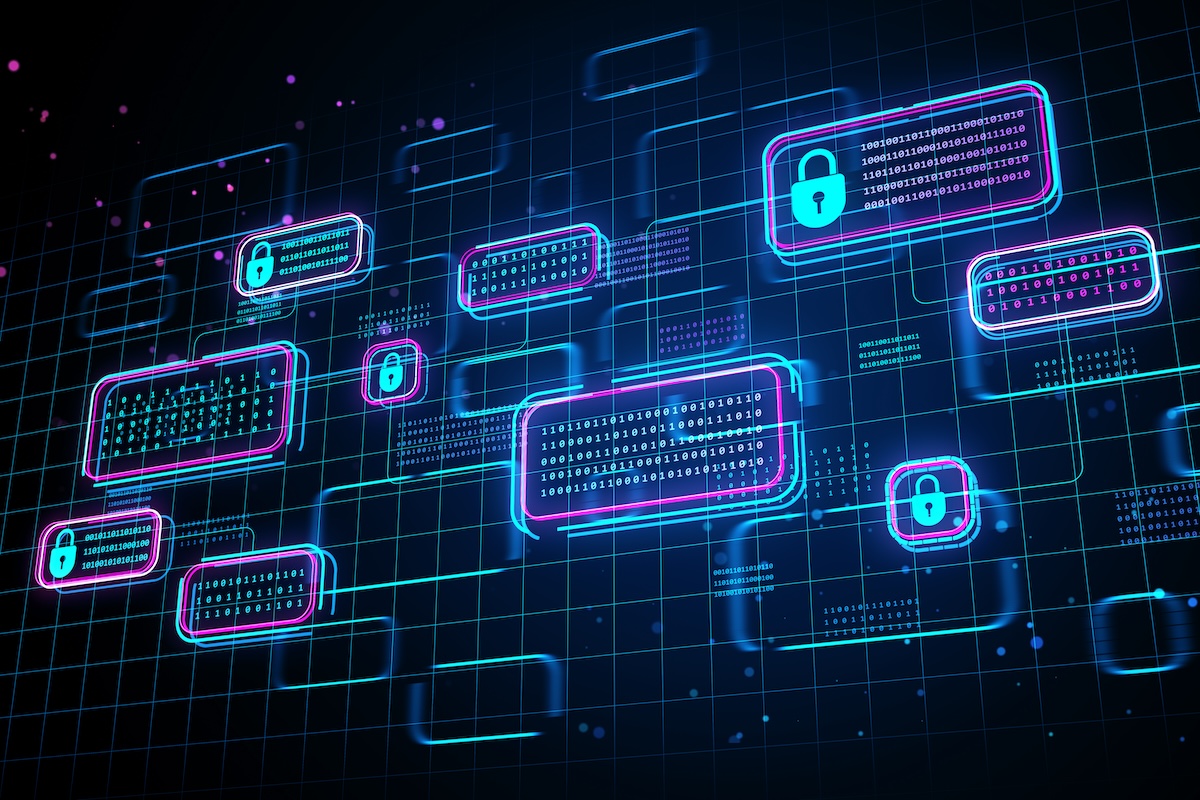Top ICS Cybersecurity Predictions for 2025: Securing Critical Infrastructure Against Emerging Threats
As critical infrastructure increasingly relies on interconnected systems, Industrial Control System (ICS) cybersecurity is now essential for manufacturing, energy, and water management. Based on expert predictions, here are the key ICS cybersecurity trends and challenges expected to shape 2025, along with actionable insights for staying ahead of threats.
- Escalation of Cyberattacks on Critical Infrastructure
With rising geopolitical tensions, cyberattacks on critical infrastructure are expected to intensify, targeting sectors like energy grids, water supplies, and communications. These attacks often disrupt essential services and erode public trust. Both governments and private sectors will need to invest in advanced detection systems, cross-sector threat intelligence sharing, and enhanced intrusion prevention measures to defend against increasingly sophisticated and coordinated attacks, especially those by nation-states.
Source: Predictions by Karl Holmqvist, CEO of Lastwall
Insight: Enhanced threat intelligence sharing, network segmentation, and advanced intrusion detection systems will be crucial for defending ICS networks. ICS operators should also prepare for regulatory requirements mandating improved cyber defense.
- “Steal-Now, Decrypt-Later” and the Push for Post-Quantum Encryption
With the advancement of quantum computing, adversaries are adopting a “steal-now, decrypt-later” approach—stockpiling encrypted data today, which they can decrypt in the future using quantum technology. In response, the recent standardization of FIPS-203 and new quantum-resistant algorithms are driving the urgent adoption of post-quantum encryption. Organizations are now tasked with implementing quantum-resilient encryption protocols to protect high-value ICS data before traditional encryption becomes obsolete.
Source: Predictions by Karl Holmqvist, CEO of Lastwall
Insight: ICS operators should assess encryption practices, create cryptographic asset registers, and transition to post-quantum cryptography (PQC) to secure critical data and systems against future quantum threats.
- Cloud Adoption for ICS and Emerging Cybersecurity Challenges
Cloud adoption for ICS and OT (Operational Technology) applications has surged, providing greater flexibility but also presenting new cyber risks. According to the 2024 SANS ICS/OT Cybersecurity Report, 26% of organizations now leverage cloud solutions for ICS, a 15% increase from prior years. However, this shift requires robust perimeter network security controls to ensure safe data transmission, along with secure remote access for maintenance and OT-specific data pathways.
Source: Predictions by Eric Knapp, CTO of OT, OPSWAT
Insight: As cloud adoption grows, ICS operators should prioritize security measures such as data diodes for one-way data flow, secure access pathways, and visibility into all cloud-connected assets.
- AI-Powered Attacks and ICS/OT Vulnerability
With decreasing costs in machine learning (ML) technology, attackers are increasingly using AI to automate and enhance cyberattacks, including deepfake-driven phishing, adaptive malware, and real-time evasion techniques. The potential for AI-driven automation in ICS/OT attacks is a serious concern. Organizations can expect these AI-assisted threats to target ICS endpoints with greater precision, creating a need for AI-powered defense mechanisms.
Source: Predictions by Dr. Darren Williams, CEO of BlackFog
Insight: ICS security teams should leverage AI-driven anomaly detection and automated response to combat AI-assisted attacks. Regular employee training on AI-driven phishing and social engineering attempts is also critical.
- Insider Threats via AI-Generated Identities
Increasingly, nation-state actors and sophisticated cybercriminals are using AI-generated identities to infiltrate organizations. By using fake credentials and fabricated profiles, attackers bypass traditional hiring checks, allowing them to exfiltrate data and compromise critical processes. This trend presents significant security risks for ICS environments, where sensitive data and operations are targeted.
Source: Predictions by George Gerchow, Interim CISO/Head of Trust, MongoDB
Insight: Strengthen identity verification processes by incorporating advanced tools like biometric scans and AI-powered fraud detection to defend against insider threats. Continuous monitoring for unusual activity will also help identify and mitigate insider risks.
- AI Data Handling Risks in ICS and Need for Enhanced Governance
As ICS sectors increasingly rely on AI-driven systems, organizations must address the security of AI data handling. ICS environments will require clear data governance protocols to manage data classification, visibility, and access control, especially in sensitive or high-risk data categories. Data Bills of Materials (DBOMs) will become a standard, detailing origin, lineage, and composition of AI training datasets.
Source: Predictions by Bruno Kurtic, Co-Founder of Bedrock Security
Insight: ICS operators should implement data governance frameworks to manage AI-related data securely. Ensuring that AI models are trained on secure, controlled data will help avoid unintended breaches and protect sensitive ICS information.
Preparing for the Future of ICS Cybersecurity
The ICS cybersecurity landscape is facing rapid advancements and mounting threats. From quantum threats to AI-powered attacks, ICS operators need proactive and adaptive security strategies. Transitioning to post-quantum encryption, securing cloud connections, and strengthening identity verification are just a few steps organizations can take to safeguard their operations against emerging risks.
Related articles:



